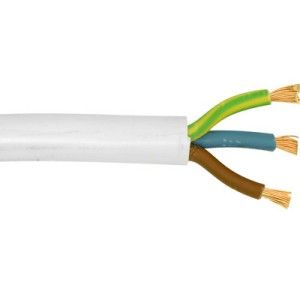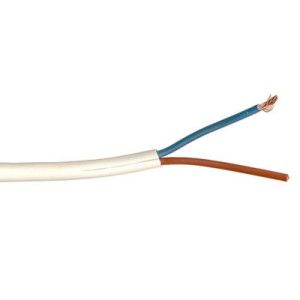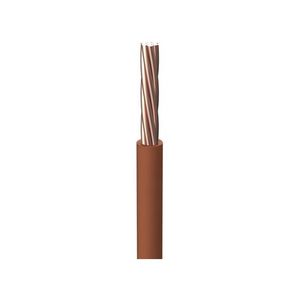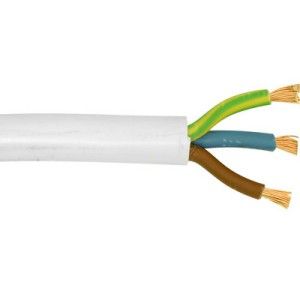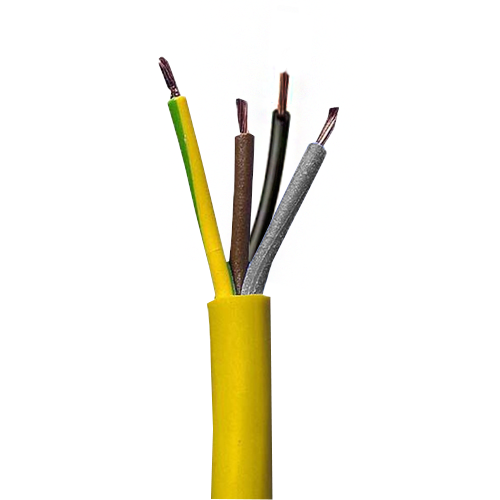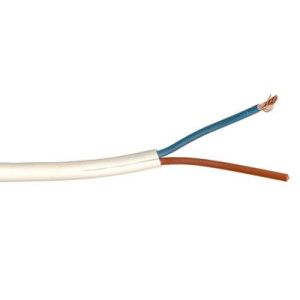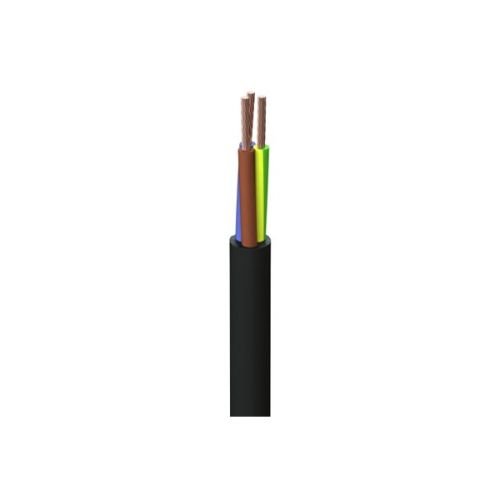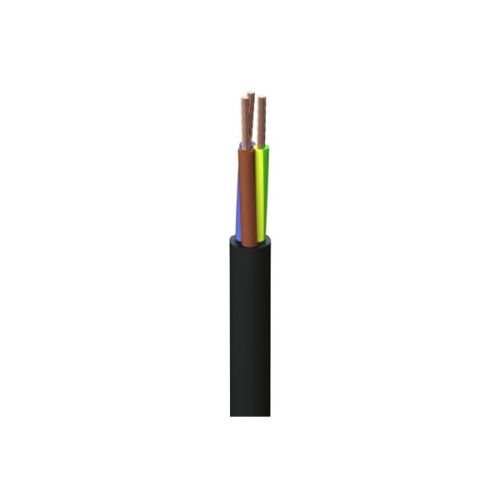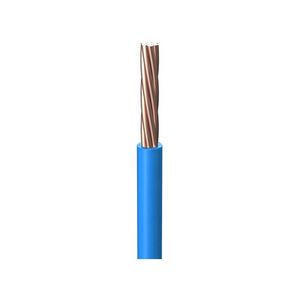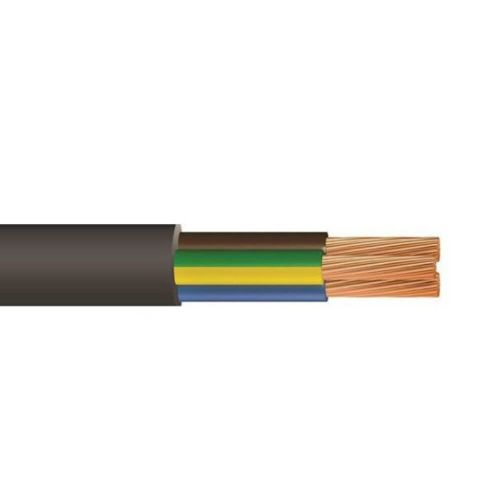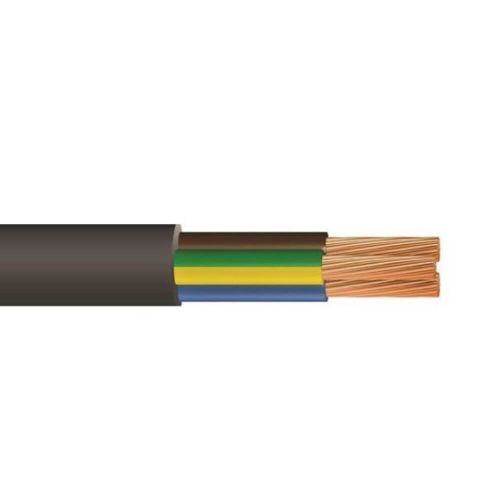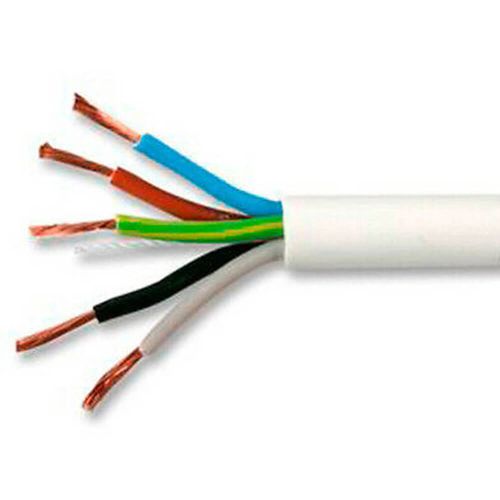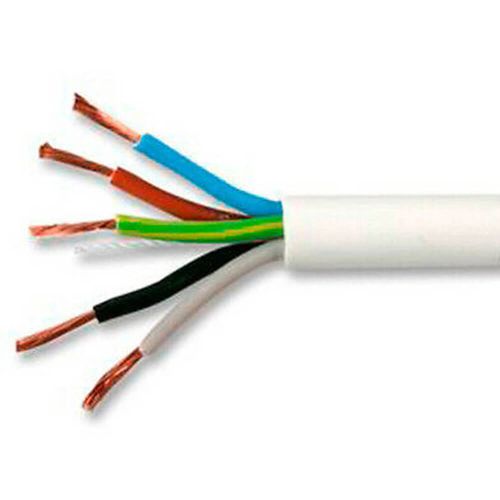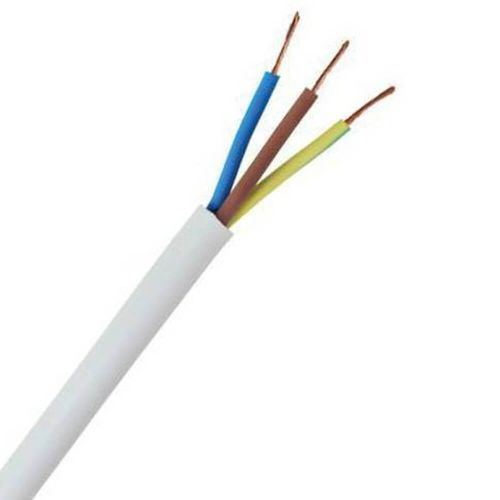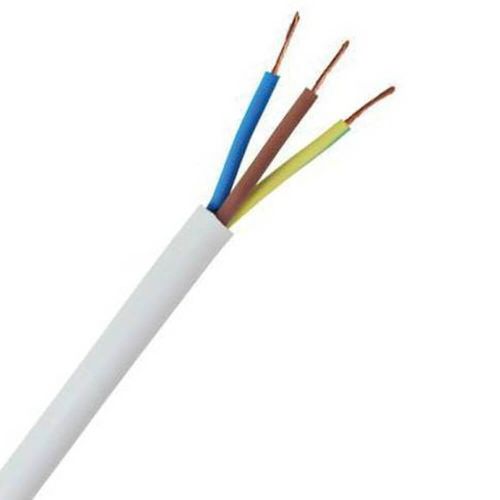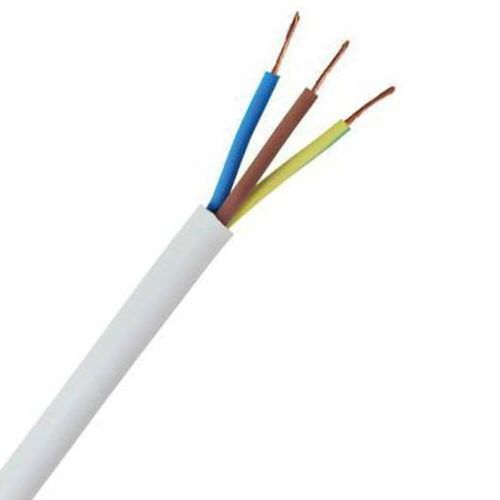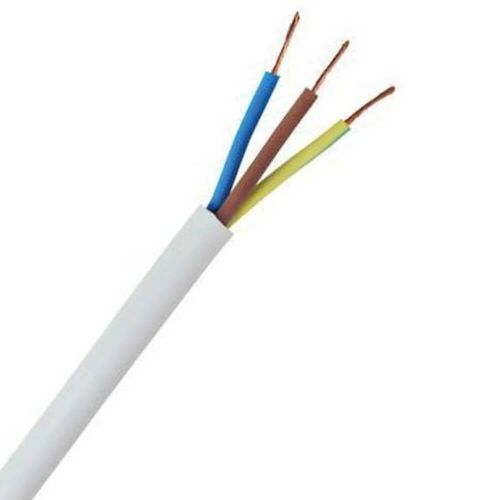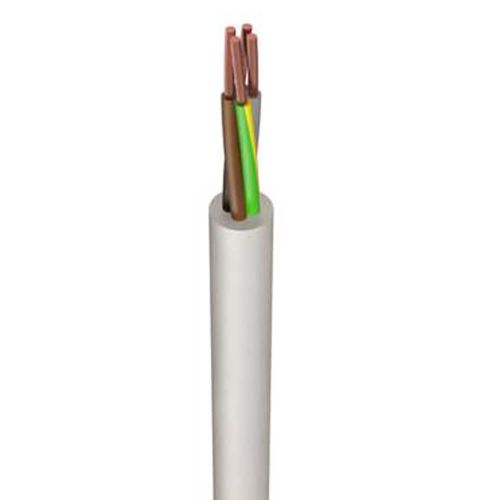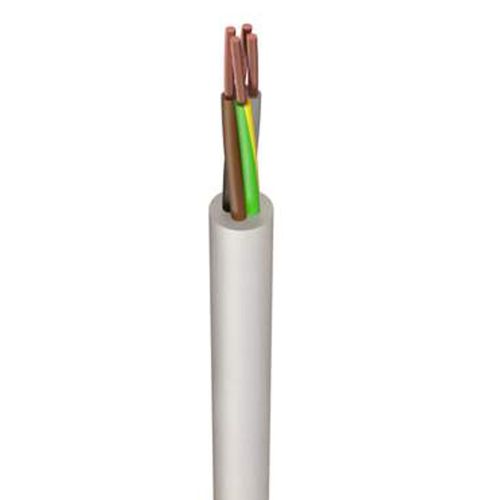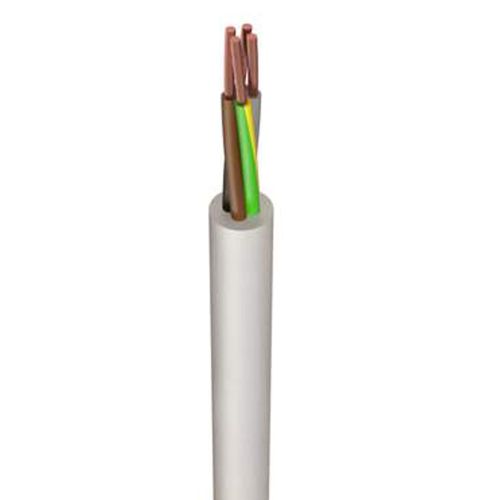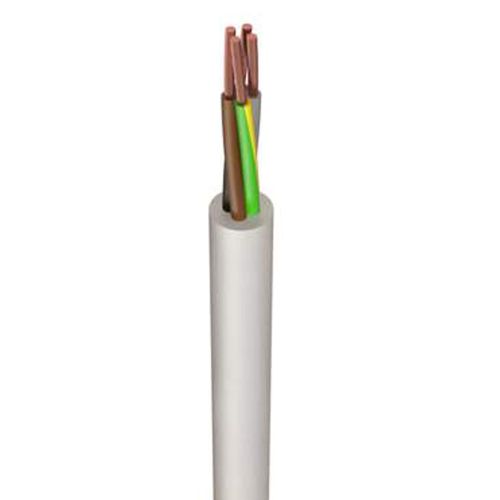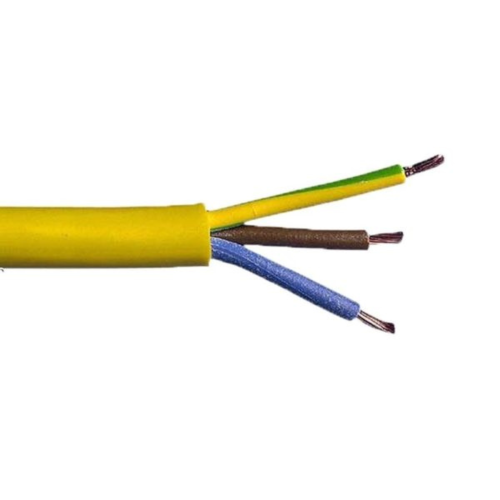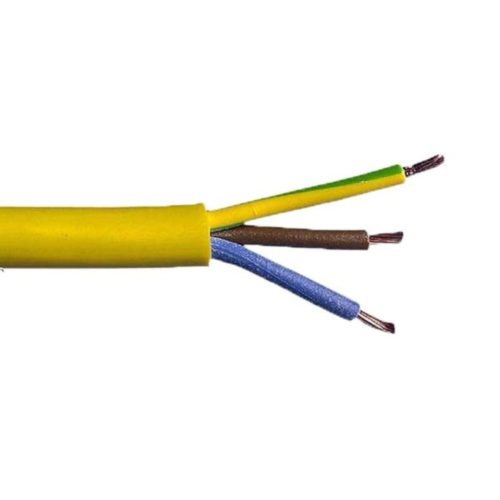Flex Cable
If you are using multiple cables, cable positioning can become difficult and cluttered. A flex cable organizes all your wiring and makes them easy to bend to fit any type of configuration. While most traditional lines have some flexibility, bending them could ruin your wiring.
There are several flex cables on the market, and making the right choice before purchasing them is important. Making the right flex cable choice will help you save money and time in the long run. Here are some important things to consider before using flex cabling for organizing and positioning your wiring.
What Is A Flex Cable?
Flex cable is a term that describes an electrical that is manufactured to provide extreme flexibility and longevity to wiring. Flex wire is good at “flexing” or stretching and coiling much more than a traditional cable.
Flex cabling is designed so you can maneuver it in any way or shape without damaging it. The most common application of flex wire is when you create a complex wiring system. You should flex wire to create a wiring system with extreme positioning and gesticulation.
Due to its flexibility, flex wire is commonly used when you need to bend your wire to extreme degrees. These types of applications include welding, drag chain installation, data processing appliances, robotics, automation networking, and assembly lines.
Since flex wires have such a wide application, you must choose your specific wire carefully and always make sure that its fits the application purpose. Every flex wire has its own set of uses; therefore, it is important to get all the details before making a purchase.
Even though there is a wide variety of flex cables, each cable varies in flexibility; some flex cables are extremely pliable while others aren’t. It is also important to consider flex cable prices before purchasing the product.
There are multiple flex cable manufacturers, and each manufacturer has its specific manufacturing method. This means that cable flexibility varies from one creator to another. What do you do when you want to choose a flex cable that meets your flexibility standards.
Ideally, you should check the flex wire specifications before purchasing them. These specifications will give you precise information to make the best purchasing choices.
We carry an extensive selection of flex cable types, including 2, 3, and 4 core flex and 6 core flex cables. We also offer 3 Core and Earth, Armoured cable, Communications cable, Fire Resistant cable, and many other electrical cable types. All our cables in stock are ready to go for next-day delivery!
What Are The Different Sizes Of Flex Cables?
There are several flex cable sizes; however, the two most commonly used flex wire sizes are:
- 75mm flex cable
- 5mm flex cable
0.75mm Flex Cable
The 0.75mm flex cable is one of the short sizes for flexible cables. The arctic cable 0.75mm is one of the best brands for this type of flex wire. Arctic cable 0.75mm uses high-quality materials that make your flex wire last a long time.
With an arctic cable 0.75mm, you get a state-of-the-art flex cable that lasts a long time. The arctic cable 0.75mm flex cable is suitable for light-duty indoor and outdoor usage and has a capacity of up to 500V. You should use 0.75mm flex cable for lighting, vacuums, washing machines, spin dryers, refrigerators and other small appliances.
The 0.75mm flex cable is suitable for temperatures between -5 degrees celsius and 60 degrees celsius. The arctic cable 0.75 mm offers a sheathed polymer design that protects your wire from damage, and you can find the arctic cable 0.75mm at Meteor.
1.5mm Flex Cable
The 1.5mm flex cable is a mid-sized flexible cable that offers more application than the 0.75mm cable. The 1.5mm flex cable has a maximum current carrying capacity of 16 amps and is safe for indoor and outdoor use.
The 1.5mm flex cable length provides multiple applications as you have more wire to use. Apart from smaller appliances, you can use the 1.5mm flex cable for extension cables, power tools and lawn mowers.
What Are The Different Cores In Flex Cable?
There are several cores in flex cables. Some of the most commonly used cores are:
- 3 core flex cable
- 4 core flex cable
- 5 core flex cable
3 Core Flex Cable
A 3 core flex cable is a type of flexible cable that is sued to connect appliances such as lamps, washing machines, spin dryers and refrigerators. 3 core flex cables are also used as extension cables for power outlet sockets.
The 3 core flex cable has three useable cores: Live, Earth and Neutral. Each of the cores in a 3 core flex cable is insulated with a layer of colour-coded PVC, and all three cores have an additional PVC layer that acts as a sheath. A 3 core flex cable is generally used for household appliances and is unsuitable for outdoor or industrial applications.
4 Core Flex Cable
A 4 core flex cable has many more applications than a 3 core cable, and 4 core flex cables are most commonly used in higher-level electrical applications. While a 3 core cable is used for household applications, a 4 core flex cable works best in heavy-duty projects such as industrial and commercial use.
A 4 core flex cable is much softer and pliable than a more flex cable, and electricians use a 4 core flex cable to pass through walls, over attics or lofts and under basements.
A 4 core flex cable comprises four individually insulated wires protected by an outer PVC sheath. Despite the heavy-duty applications, it is recommended that you use 4 core flex cables in low voltage and low transmission environments to make them last longer.
5 Core Flex Cable
5 core flex cables provide even more heavy-duty application than other flex cables. The 5 core flex cable is made from five individual copper cables, and all the wires in a 5 core flex cable are colour-coordinated.
The 5 core cable is most commonly used underground for internal wiring and to supply cords to electrical devices. Typically, you will find 5 core flex cables in boiler control valves as they have high heat resistance. 5 core flex cables are also used in low voltage transmissions.
What Are The Common Flex Cable Prices?
Flex cable prices vary from product to product. Each type of flex wire product has a specific flex cable price based on its specifications. Since there is a wide variety of flex wires, some flex cable prices are higher than other flex cable prices.
Most 3 core and 0.75mm wires tend to have a flex cable price below £20, while flex cable with more cores has a higher price. Consider how you will use the flex cable before purchasing to get the best flex cable price.
What Are The Flex Cable Configurations?
There are two types of flex cable configurations; some flex cables are arranged in layers while others are arranged in bundles.
Layered Flex Cables
Layered flex cables are easier to produce, and they are less expensive. In this configuration, the cable cores are positioned in several long layers around the center and enclosed with a tube-shaped jacket. However, one downside of this configuration is that the core becomes compressed and material fatigue sets in.
Bundled Flex Cables
In this configuration, the flex cables are constructed with braiding conductors around a tension-proof centre, and this positioning makes it differ from layered flex cables. By reducing multiple layers, each conductor has a uniform bend radius. In this configuration, you must use an outer jacket to prevent the cores from untwisting.
FAQ's
- What is Flex Cable used for?
- What is 3 Core Flex used for?
- What are the features of Flex Cable?
- What is 1 Core Flex Cables used for?
- What is 2 Core Flex Cables used for?
- What are 4 Core Flex Cables used for?
- What is 5 Core Flex Cables used for?

